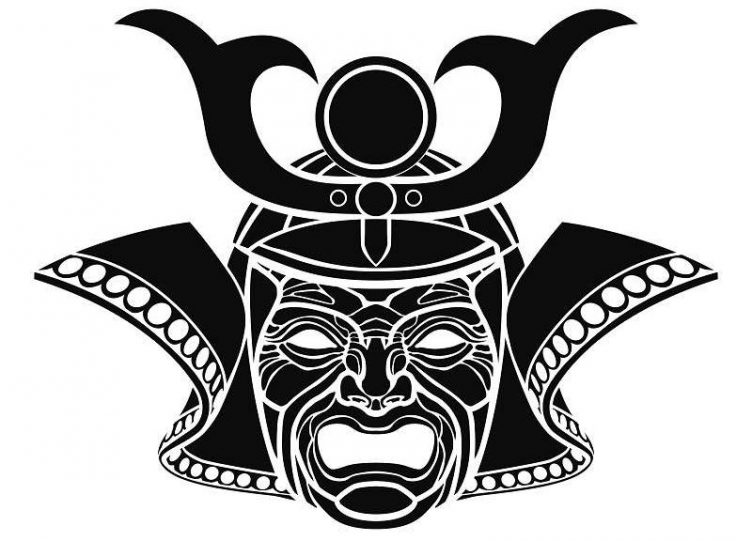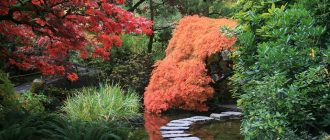Interested in a traditional tattoo from Japan? Get the low down on traditional Japanese tattoos and the reasons for their popularity…
The art of tattooing has a long and rich history in Japan. The traditional Japanese tattoos that have gained currency all around the world today actually date back to many years ago and have come a long way to be regarded as highly as they are today.
For your information the art of tattooing always had negative connotations for the Japanese. This perception of tattooing was something that was inherited with the Buddhist dharma from China. During those times tattooing was a prescribed punishment for criminals who would then be identified as transgressors in society. With time the tattooed outcasts actually came to form the Japanese mafia. Hence the association of tattoos was with the people of the mafia and in later years with prostitutes and geisha girls.
The trend began to change towards the end of the Edo period. This was the time period when the labor class and the common man began to exercise their cultural freedom in society due to the break down of the feudal system. This new found liberty drove the Japanese public towards the art of tattooing and hence this is the time period when the art form really began to flourish.
The tattoo artists of the time would draw upon the woodcut blocks, water color paintings and books of design of the days gone by for their inspiration. The commoners during the time were willing to undergo intense pain for the pleasure of having been stamped with a beautiful design for life.
History of Japanese Tattoos
The commoners had at that time disregarded the old set of ethics maintained by the Confucian beliefs as they went all out with the art of tattooing. With time the Japanese society became segregated with regards to its opinion about the art of tattooing. The conservative considered it to be an unworthy practice and there are many people in Japan that still have the same opinion. On the other hand the modernists were enjoying the brilliance of the tattoo artists on their bodies.
Since the laborer class was establishing itself in society the element of pride was commonly found in the traditional Japanese tattoos of the time. People would often get themselves tattoo designs that were inspired by folklores and myths.
Images of heroes and protectors of humanity were a common theme in those days. The images of dragons, gigantic snakes and Chinese lions were also common during the early years of the art. Another common theme was that of religious figures of which Buddha was by far the most popular. Other religious tattoos featured the god of fire, the god of mercy and the god of lightning etc.
The tattoo artists of time were actually those people that had past experience in working with woodblocks. They exchanged their small blades with which they would carve the wood with long and sharp needles. The canvas too changed from woodblocks to the human body. With time a class of specialist tattoo artists grew up in Japan that was solely dedicated to producing tattoo designs and executing them to perfection.





